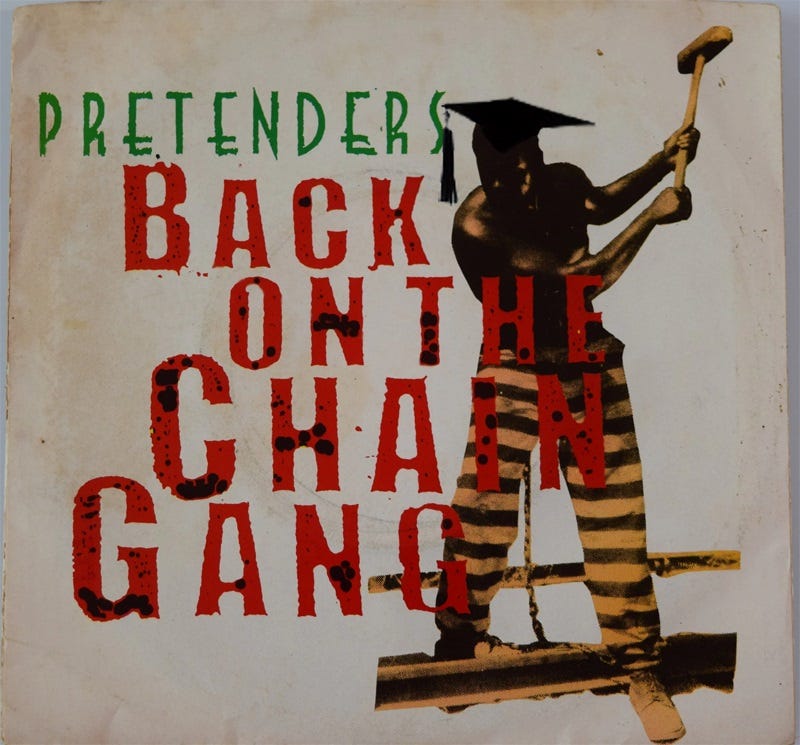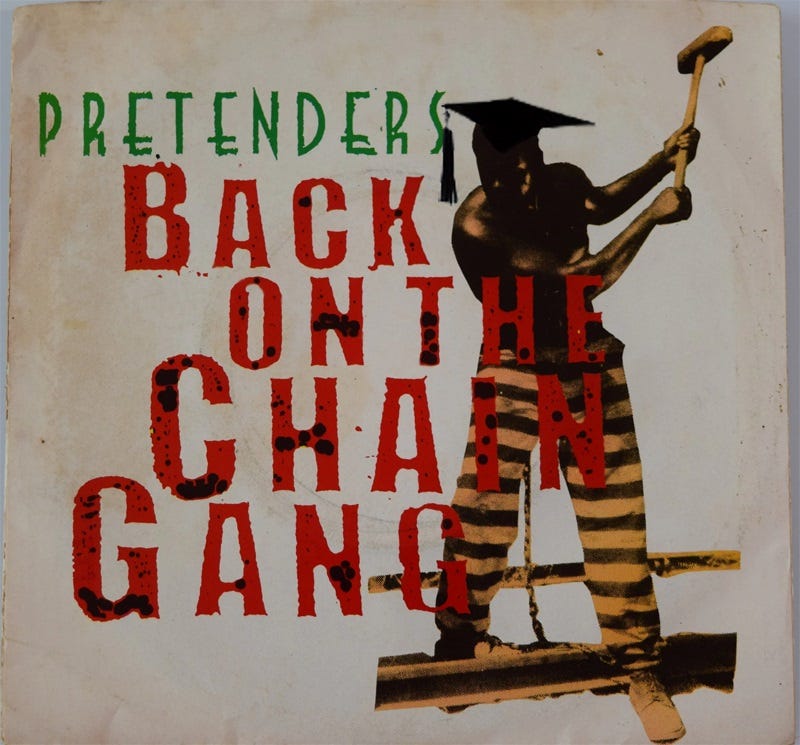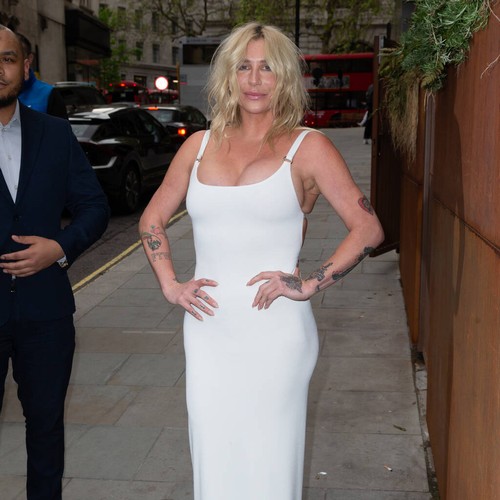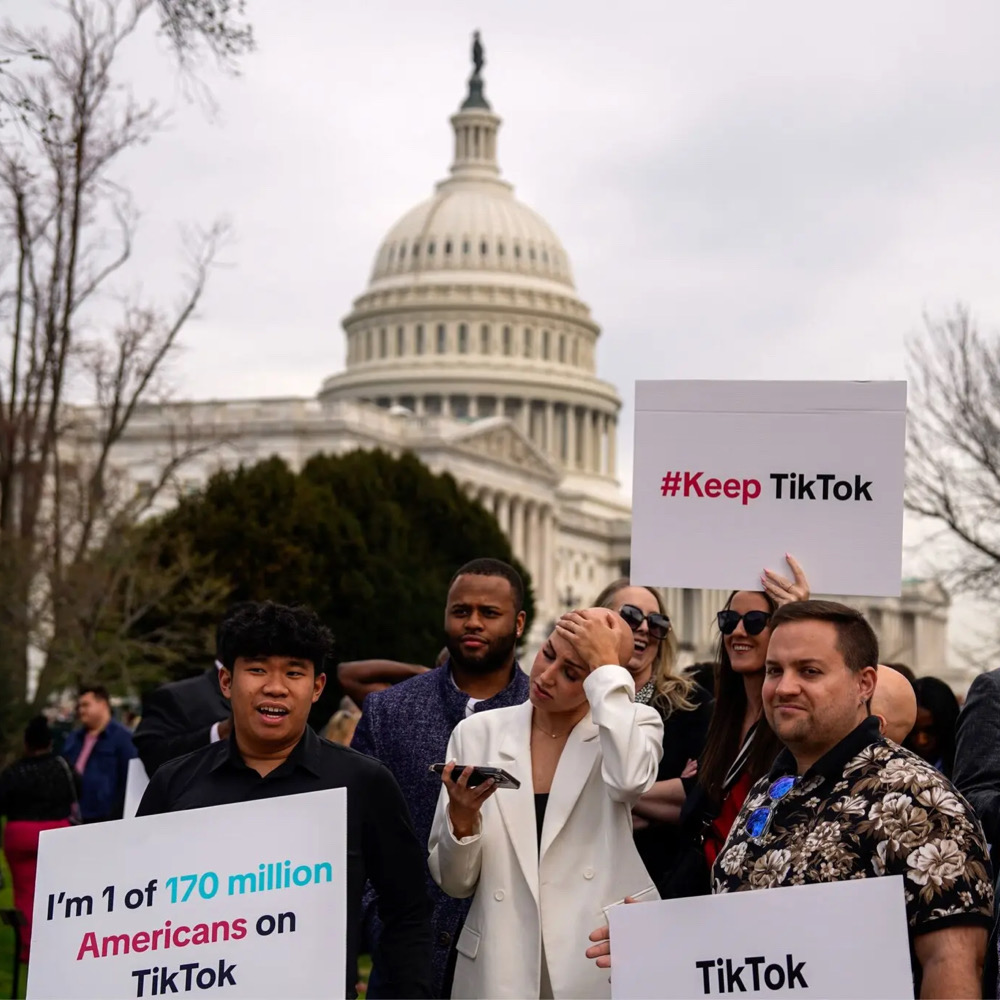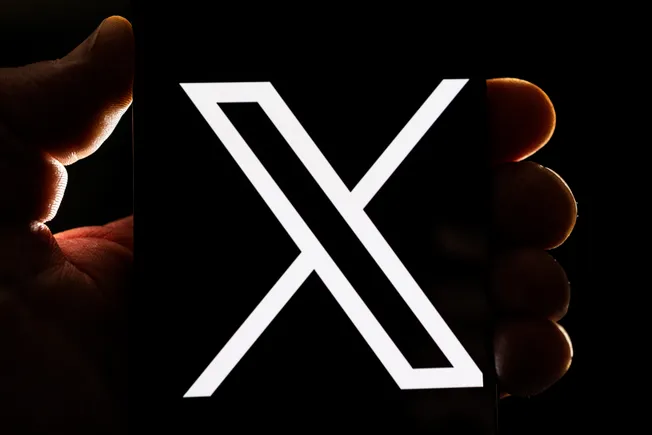The Biden administration announced Friday that it had processed the first round of a huge adjustment to student loan debt, which will result in $39 billion in debt being canceled for some 804,000 borrowers. The loan adjustment was announced last year, and will provide debt relief to borrowers who were, to put it bluntly, ripped off by incompetent or downright fraudulent mismanagement of the government’s Income-Driven Repayment (IDR) program. And yes, we said this was the first round: If you think you might qualify for this relief too, you have until the end of 2023 to get in line for the next rounds, as we’ll discuss later.
Secretary of Education Miguel Cardona said in a press release,
For far too long, borrowers fell through the cracks of a broken system that failed to keep accurate track of their progress towards forgiveness. Today, the Biden-Harris Administration is taking another historic step to right these wrongs and announcing $39 billion in debt relief for another 804,000 borrowers. By fixing past administrative failures, we are ensuring everyone gets the forgiveness they deserve.
Nope! Friday’s good news for nearly more than 800,000 borrowers — with more to follow — came two weeks after the Supreme Court threw out Biden’s broader plan to forgive up to $20,000 for millions of borrowers. The program announced Friday had nothing at all to do with that plan, and had in fact been promised by the Biden-Harris administration in April 2022, so you are now more well-informed than a lot of idiots on Twitter who screamed “But it’s ILLEGAL!!!!”
You’re also better-informed than Sen. Marsha Blackburn (R) and the Heritage Foundation, who we assume knew better but nonetheless condemned Biden for trying to “circumvent” the Court’s decision on a completely different thing. Why yes, that sort of thing does indeed piss us off.
Previously!
Supreme Court: You Owe Your Soul To The Student Debt Store
Here’s Joe Biden’s Student Debt Forgiveness Backup Plan … And His Other Debt Relief Plans, Too!
I Got My Student Loans Ready For Joe Biden’s Big Income-Based Forgive-A-Thon And You Should Too
Did Joe Biden Just Fix Student Loan Debt Going Forward? Mayyyyybe!
Hooray! Government Forgave 96 People’s Student Loans! Out Of 28,000 Applicants.
The loan relief announced Friday will go mostly to folks who have older loans and who were enrolled in one of several Income-Driven Repayment (IDR) plans — as well as to folks like me, who could have qualified for IDR plans years ago but for one reason or another didn’t end up in an IDR plan.
Congress introduced IDR loans back in the early 1990s as an option for people who couldn’t afford high monthly loan payments. Borrowers would instead make payments based on their disposable income — after rent and food and basic expenses —and then, after 20 years of payments for undergraduate debt (or 25 years for grad school debts), their remaining loan balance would be forgiven. That’s how it was designed from the start, so anyone talking about “executive overreach” is kindly invited to stuff it.
But there was a problem: The program was massively screwed up by the private loan servicing companies, and by lax oversight by previous administrations’ Departments of Education. IDR was so thoroughly screwed that a 2021 report found that while 4.4 million Americans had been dutifully paying their loans for 20 years or more, only 32 people actually had their debts discharged by IDR. That’s even worse than how Betsy DeVos, Trump’s Education secretary, screwed up the separate Public Service Loan Forgiveness Program.
In a perfectly lucid two paragraphs, NPR’s Cory Turner explains what went wrong with IDR when it was rolled out in the ‘90s — and does so more clearly than half the media reports I’ve seen on the story.
These IDR plans, meant as a safety net for low-income borrowers, were difficult to enroll in. So loan servicing companies often put financially distressed borrowers into long-term forbearance instead, a process that the companies’ call center workers could more easily navigate over the phone. Forbearance may offer a short-term reprieve from payments, but interest continues to accrue.
In April 2022, an NPR investigation, built on unreleased Education Department documents, revealed yet more problems with the department’s handling of these IDR plans, including that several loan servicing companies weren’t actually tracking borrowers’ progress toward forgiveness (which the department knew) and that payment histories were often damaged and incomplete after borrowers were transferred from one servicer to another, a common practice.
It probably helps that Turner was the lead reporter on that 2022 NPR investigation, since he’s probably summarized the problem a few hundred times since.
I was in that first paragraph, right there. That was me. While I was in grad school, I experienced a family medical disaster (ask me why I also support national healthcare). I was able to get my loans deferred as long as I was still pursuing my MA and PhD, which took longer because my world had gone off the rails, and for which I paid with more damn loans, hello vicious circle.
Once I finished the doctorate, I was in no financial position to make full payments, so I called Sallie Mae to see what I could do. Did the customer service rep mention an IDR? Hahaha of course not, read that paragraph again: It was easier to shunt me into a series of forebearances, during which I didn’t have to make payments but the interest kept piling up. As I recall, there was also a limit to how long I could do those forbearances; I assumed that at some point they’d demand like $2000 a month and, being unable to come up with it, I’d just walk into traffic. Depression is a really crappy financial planner. (If you experience suicidal thoughts, call the national suicide helpline at 988.)
I made payments when I could, missed some, piled up late fees, and only around 2014 did I finally find out I could get into an IDR plan through Navient, my then-servicer. And by 2039, if I never missed a payment, I’d finally qualify for forgiveness maybe.
Here’s what Biden’s Education Department did for me and others in my situation: The Education Department last year planned a one-time “account adjustment” for student loan borrowers, to retroactively give credit toward forgiveness for months that people were in longterm forbearances or other payment statuses (full list here). The adjustment will also apply to folks in the Public Service Loan Forgiveness Program, if their loans were borked in the past.
As NPR ‘splains,
Even borrowers who were never in an IDR plan are now receiving or soon will receive retroactive credit toward forgiveness, “regardless of whether payments were partial or late, the type of loan, or the repayment plan,” according to the department’s release.
The first 804,000 of us got very friendly emails Friday telling us that we will have some or all of our student loan balance forgiven; we won’t know exactly how much until we hear from our loan servicers within the next 30 days. I was so relieved when I told Kid Zoom about it that I burst into tears. And we ate named meat Friday night.
And how’s this for a hoot: Folks who paid more than the necessary 20 or 25 years will even receive a refund of what they overpaid. That’s because, again, this isn’t a giveaway, it’s a correction of a longstanding SNAFU. Anyone who says government can’t do anything right is going to have to speak to Joe Biden’s Education Department.
Update/Clarification: A few states — Indiana, Minnesota, Mississippi, and North Carolina— are probably going to tax student loan forgiveness as income. Another three, Arkansas, California, and Wisconsin, hadn’t yet made a determination as of June, according to Yahoo News. (Minnesota had been in question, but, hooray, it will not.) No federal tax, either, thanks to a provision in the American Rescue Plan.
For folks in those states, it could be a reason for some people to decide it makes more sense to keep paying on their IDR loans. If you’re in that boat, you have until August 13 to contact your loan servicer and say sorry, you can’t take the forgiveness because your state is a STUPID BUTT. Best place to get information will be your state tax department, or random strangers on Twitter.
But wait, there’s more: These adjustments are going to continue through 2024, with new tranches of borrowers being notified every two months. That means that if you have student loan debt that may qualify, you have until the end of 2023 to consolidate your student loans into an income-driven plan that may also be eligible for the adjustment — or depending on your situation, may at least result in lower payments. And there’s even a new option for borrowers who are in default.
Here’s the dealio from the Education Department’s Student Aid website:
Borrowers who have commercially managed FFEL, Perkins, or Health Education Assistance Loan (HEAL) Program loans, should apply for a Direct Consolidation Loan by the end of 2023, to get the full benefits of the one-time account adjustment. […]
Borrowers with loans in default can benefit by getting out of default—including through the Fresh Start initiative. Borrowers who exit default prior to the end of the Fresh Start period will receive the full benefit of the account adjustment and receive credit for periods in default from March 2020 through the month they exit default. After the Fresh Start period, only borrowers who rehabilitate to leave default will benefit from the adjustment, but they will not receive credit for periods in default during the payment pause.
Nah, probably not, since unlike the proposal the Supremes shot down, student loan experts point out that Congress established the legal framework for IDR loans in 1995, and in the same legislation gave the Education Department clear legal authority to create rules to implement the loans. If anything, the administration can point at the earlier failure of the program to forgive loans as justification for its fix.
As US Undersecretary of Education James Kvaal explained, ain’t no handout, it’s justice: “At the start of this Administration, millions of borrowers had earned loan forgiveness but never received it. That’s unacceptable. Today we are holding up the bargain we offered borrowers who have completed decades of repayment.”
As we’ve mentioned previously, the Biden administration is pursuing a second shot at more broad-based student debt forgiveness, under the 965 Higher Education Act (HEA), which established student loans in the first place. That may get the boot from the Supreme Court, or it may not.
And for people with more recent loans who didn’t have the good luck to have their lives screwed over 20 years ago, the Education Department has proposed a big revision to IDR loans that, when it finally emerges from the federal rules-making process, will mean far lower payments for many people, and a much easier path to meeting the threshold for debt forgiveness. It too will have to survive the courts, of course.
Goddamn, it’s nice to have competent people in government.
OPEN THREAD!
[US Department of Education / NPR / WaPo / NPR / NBC News / StudentAid.gov]













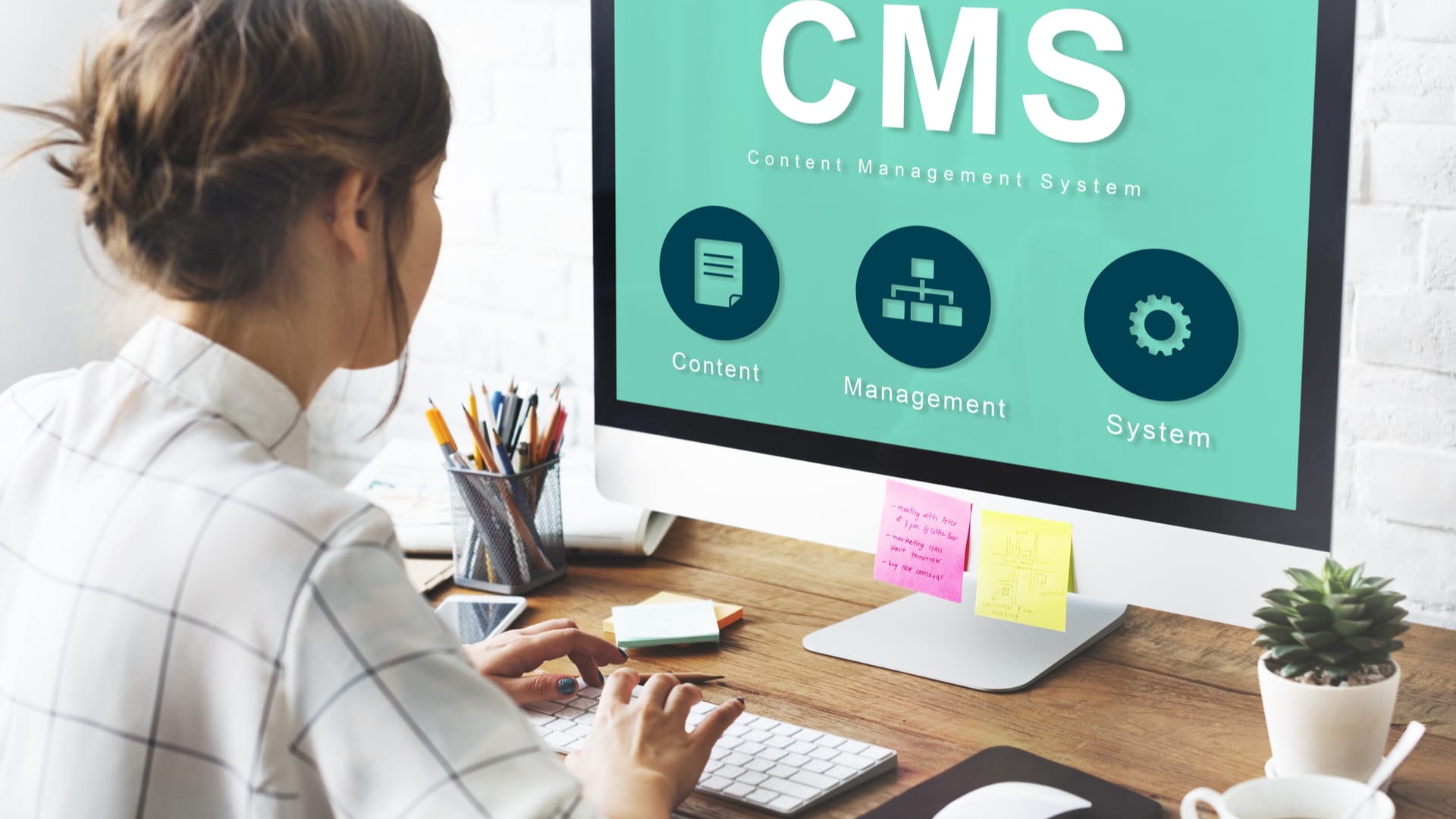










































![Social Media Spring Cleaning [Infographic] Social Media Spring Cleaning [Infographic]](https://imgproxy.divecdn.com/9e7sW3TubFHM00yvXe5zvvbhAVriJiGqS8xmVFLPC6s/g:ce/rs:fit:770:435/Z3M6Ly9kaXZlc2l0ZS1zdG9yYWdlL2RpdmVpbWFnZS9zb2NpYWxfc3ByaW5nX2NsZWFuaW5nMi5wbmc=.webp)
![5 Ways to Improve Your LinkedIn Marketing Efforts in 2025 [Infographic] 5 Ways to Improve Your LinkedIn Marketing Efforts in 2025 [Infographic]](https://imgproxy.divecdn.com/Hv-m77iIkXSAtB3IEwA3XAuouMwkZApIeDGDnLy5Yhs/g:ce/rs:fit:770:435/Z3M6Ly9kaXZlc2l0ZS1zdG9yYWdlL2RpdmVpbWFnZS9saW5rZWRpbl9zdHJhdGVneV9pbmZvMi5wbmc=.webp)



